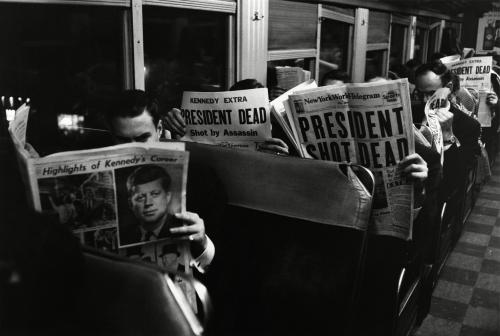The primary difference between Terrence Malick’s early work and his later work (i.e., post-20-year hiatus) is that both of his early films were immaculately-conceived, highly-engaging narratives, whereas all of his later films were only the former. And yet, you kind of get the sense that abstract expressionism has always been where Terrence Malick’s head was … that Hollywood and its big-budget demands were simply a means to an end, if not the overriding reason Malick went into self-imposed exile to begin with.
Whereas Malick’s first film, Badlands, was widely recognized – at least by critics – as a landmark piece of cinema, Days of Heaven struggled to find its footing early on. Rumor has it Malick originally wanted Al Pacino, Dustin Hoffman, or even John Travolta cast in the lead role; that when he and producer Bert Schneider eventually settled on a young Richard Gere, there were constant disagreements concerning how the character (Bill) should look, talk, and behave. Rumor has it that the production process was tedious; that the film ran well over budget; that Malick took more than a year and a half to complete the final editing process; that Paramount originally considered the finished product little more than a box-office flop. In time, that assessment would change.
The majority of location shoots for Days of Heaven were filmed in Alberta, Canada, during the early morning hours or much later in the day, toward twilight. Malick wanted to create a primrose effect, as if the horizon were perpetually on fire (cameras facing southeast during the morning and northwest at night). He blocked out almost every shot as if to avoid the sun entirely. Coincidentally, Days of Heaven became the first major motion picture to design its entire production schedule around the daylight hours (with rehearsals for subsequent scenes taking place throughout the afternoon).
Days of Heaven is the closest Terrence Malick has ever come to any type of Biblical homage. The film includes an honest man, who yields a wealthy harvest. It includes a band of sinners, who visit a plague upon the rich man’s house. It includes the Old Testament notion that Eden is burning. It includes the New Testament notion that he who lives by the sword shall die by it, as well. And yet, Days of Heaven also includes a storyline via which the poor are actually feeding off the rich and every mortal act of vengeance is rendered purely incidental.
Days of Heaven isn’t Malick’s best film (that honor will more than likely always belong to Badlands), but it’s easily better than anything he’s put out since then, which is saying something, really, given the critically-acclaimed body of work Malick has accumulated over the years. While the precise craftsmanship of Malick’s work has continued to evolve in time, the linear narrative and dialogue have pretty much withered away completely. In a sense, the modern movie-going public went one way, and Terrence Malick, the other. All of which renders Days of Heaven an even more important piece of cinema as time marches on.
(Days of Heaven is currently available for streaming via Netflix.) Continue reading

